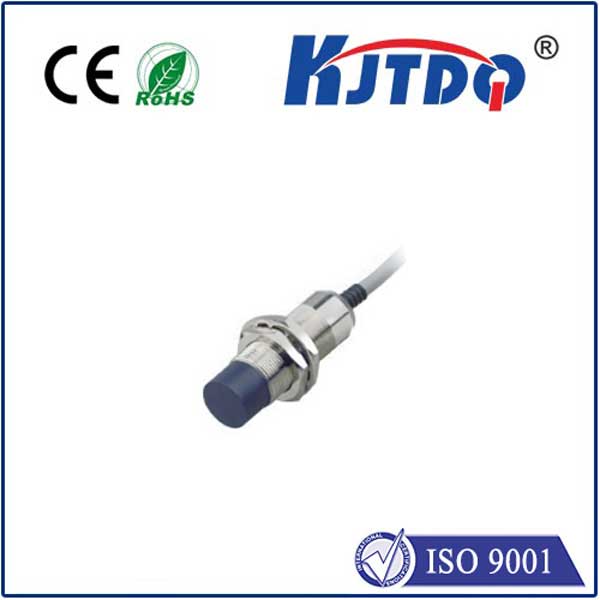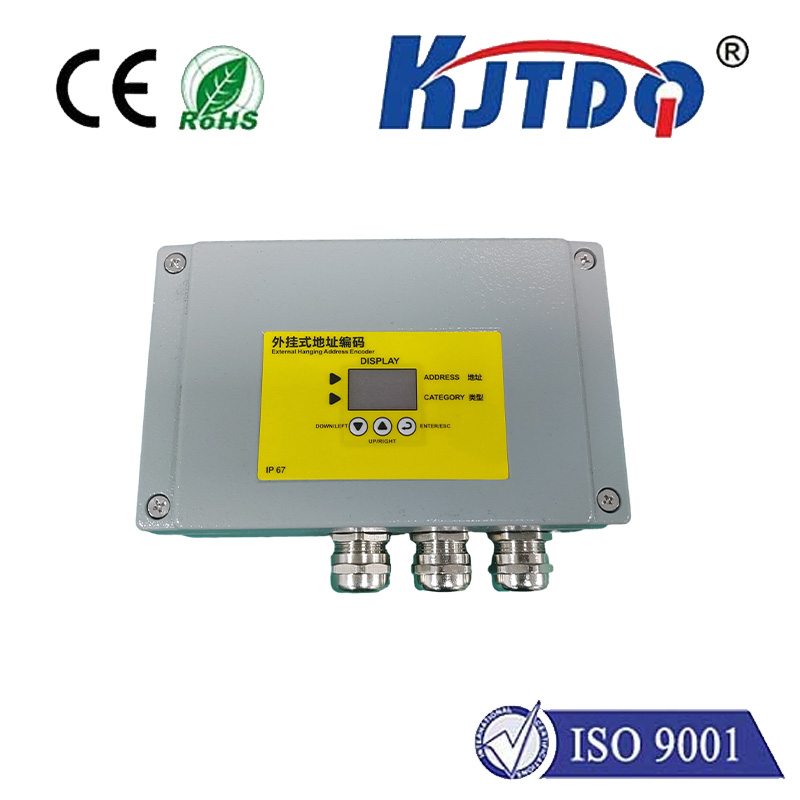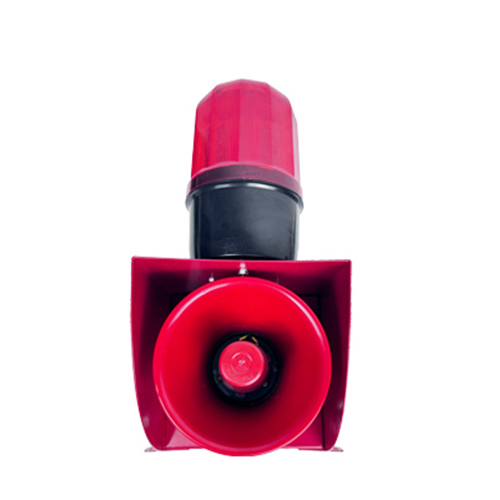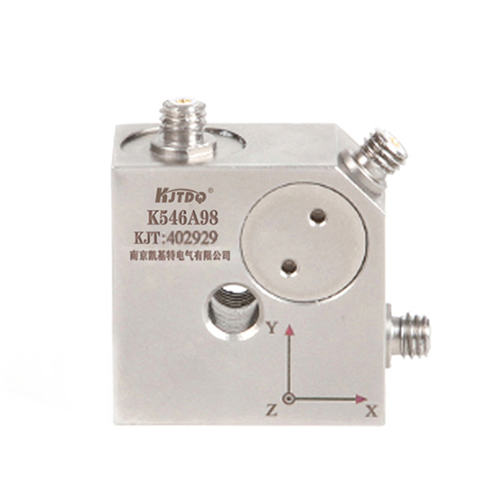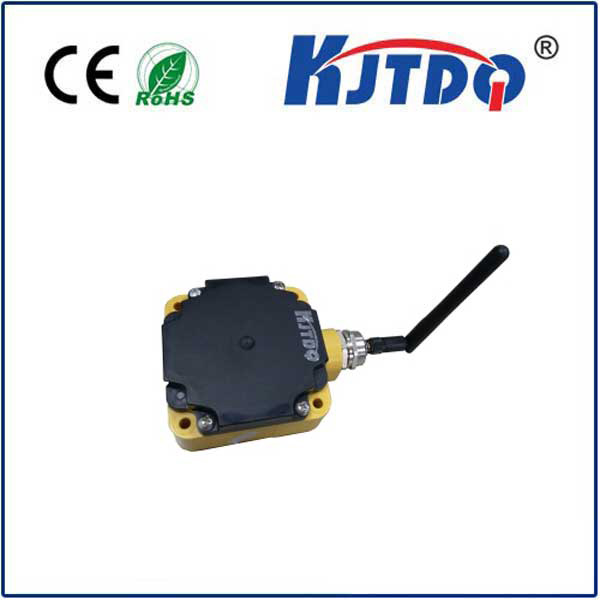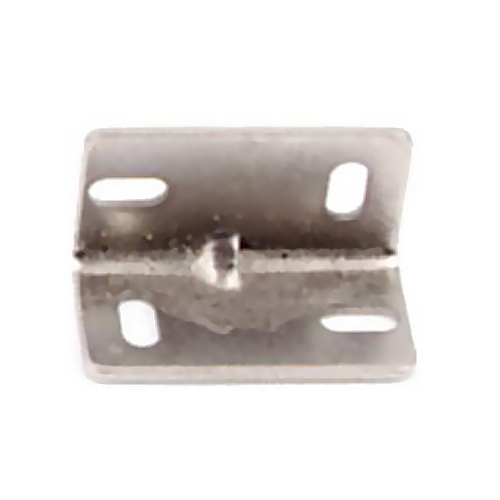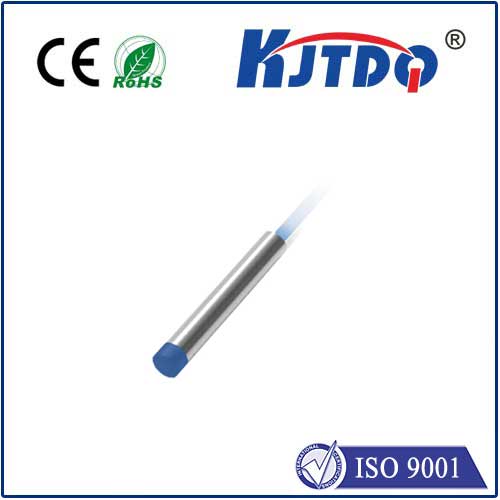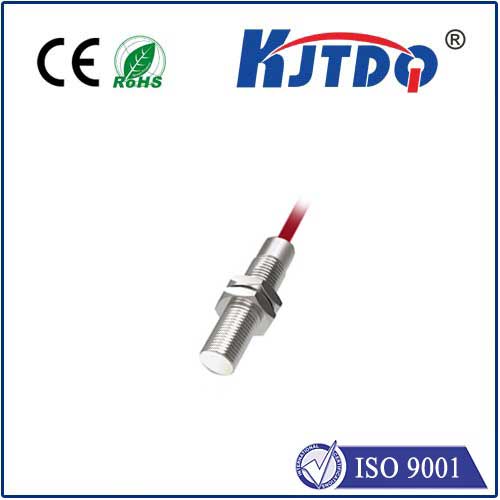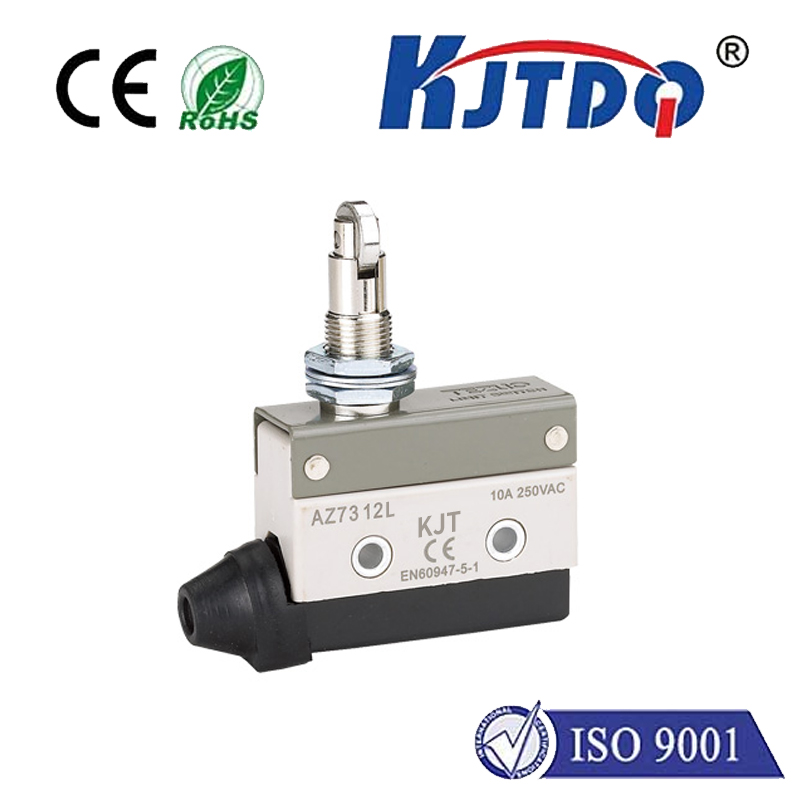

check

check

check

check

check

check

check

check

check

check
Title: Understanding Limit Switch Mount and Its Importance in Safety Systems
Limit switches are critical components in safety systems, serving as a vital mechanism to detect the position of mechanical devices, such as motors and conveyors. These switches help prevent damage to equipment and ensure safe operation in various industrial settings. In this article, we'll discuss the importance of limit switch mounting and the various types available for different applications.
1. What Is a Limit Switch?
A limit switch is a mechanical device that connects two parts, typically a moveable arm or lever, to a circuit. When the moving part reaches a certain point, it opens or closes the circuit, sending a signal to an automation system. This signal can then trigger actions like stopping a motor or shutting off a power source.
2. Types of Limit Switches
There are several types of limit switches, each designed for specific applications. Some of the most common ones include:
a) Recessed Limit Switches: These switches are installed behind the cover or housing of the machine, with the contact fingers extending into the opening. They offer precise positioning and are often used in high-precision applications.
b) Pop-up Limit Switches: These switches consist of a movable plunger that contacts the contact fingers when the lever reaches its full extension. Pop-up limits switches are simple and cost-effective, but their accuracy depends on factors like misalignment and wear.
c) Contactless Limit Switches: These switches use electronic mechanisms instead of mechanical ones to detect contact between the contact fingers and the moving part. They are highly accurate and reliable but may be more expensive than other types.
d) Optical Limit Switches: These switches use light beams to communicate between the moving part and the control system. Optical limits switches are extremely accurate and offer excellent visibility even in dark environments. However, they can be more expensive than other types.
3. Importance of Limit Switch Mounting
The proper mounting of limit switches is crucial for ensuring their accurate detection and preventing accidental activation. Here are some key considerations for proper mount selection and installation:
a) Positioning: The position of the limit switch should match the movement range of the machine. For example, if the machine has a 180-degree rotation, a single-position or double-position switch would not suffice, and a three-position or four-position switch would be necessary.
b) Alignment: The contact fingers must be aligned correctly with the moving part for accurate detection. Misalignment can cause false activations or missed notifications during operation.
c) Clearance: The limit switch should be clear of any obstacles that could interfere with its operation or cause physical damage. Additionally, it's essential to maintain proper clearance between the switch and other parts of the machine to prevent collisions or damage.
d) Vibration Resistance: Limit switches must be able to withstand the vibrations generated by machinery and operate reliably even under harsh conditions. Some switches come with built-in vibration resistance features, while others require additional protection measures like shock absorbers or insulation.
4. Conclusion
Limit switches play a critical role in safeguarding industrial machines from damage and ensuring safe operation. Properly selecting and mounting these switches based on their type, positioning, alignment, and resistance to vibration is essential for maintaining optimal performance and minimizing risks. By understanding the importance of limit switch mounting, you can ensure that your safety systems are functioning correctly and effectively protecting your operations.

